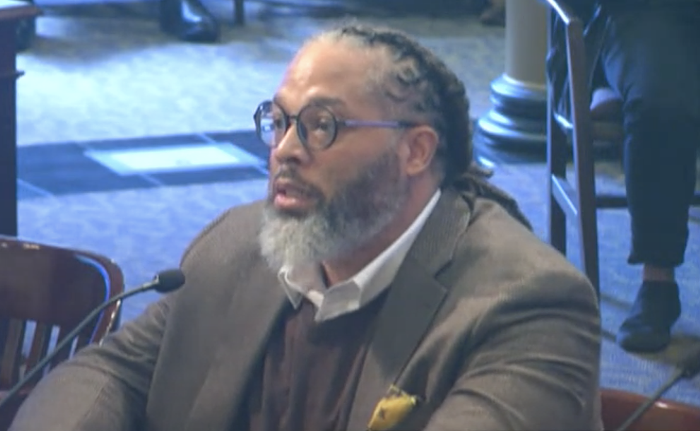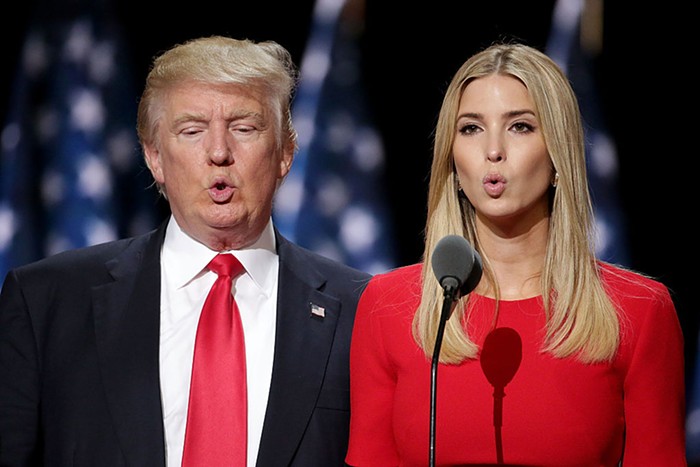The Oregon Health Authority announced Friday morning that it will lift the state’s mask requirement for healthcare settings on April 3, ending one of the final remaining COVID-19-related public health measures still in place.
According to OHA state epidemiologist Dean Sidelinger, the decision to end the mask requirement comes as the rate of circulation of the three viruses that overwhelmed some hospitals in the state late last year declines. The COVID test positivity rate in the state is currently ten percent, which Sidelinger forecasts will continue to drop in the coming weeks. Influenza and RSV test positivity rates are hovering just over one percent.
OHA made its announcement on Friday in conjunction with a similar announcement in Washington, which will also end its mask requirement for healthcare settings on April 3. In addition to the end of the mask requirement, OHA also announced that an executive order that gave hospitals greater flexibility to respond to the surge in respiratory infections will expire on Monday.
The announcement does not come as a surprise. Sidelinger said at a press conference in February that the state was planning on ending the mask requirement, which has been in effect since August 2021, barring any major change in respiratory illness trends.
The removal of the COVID precaution signals that, despite the fact that the virus continues to hospitalize and kill hundreds of Americans each week, the state and country at large are no longer treating it as a public health emergency. The Biden administration plans to let the US public health emergency declaration for COVID expire on May 11, ending the federal government’s distribution of free COVID tests and other emergency support programs.
In a press release announcing the decision on the mask requirement, OHA affirmed that masks “remain an effective way to reduce transmission of respiratory viruses” and urged people to continue to mask when sick and “wherever they feel comfortable.”
“People at higher risk for severe disease, or who live with someone at higher risk, should still consider wearing masks in health care or any settings, to better protect themselves and those most vulnerable around them,” the release read. “Some health care settings may continue to require masks even after the requirement is lifted.”
Some people will likely feel that does not go far enough. Last month, Nelly, who runs the mutual aid project Mask Bloc PDX, told the Mercury that the end of the mask mandate for healthcare settings would be an “abandonment of the protective duty of the Oregon Health Authority to ensure the safety of all Oregonians.”
People who are concerned about their exposure to COVID or are more vulnerable to negative outcomes from an infection may now be subjected to a greater level of risk given that going to healthcare settings is not something that many people can avoid. While wearing a mask while interacting with an unmasked person can still prevent viral transmission, studies show that two-way masking—when both people are wearing a mask—offers significantly more protection.
Per the OHA release, the buildup to the end of the mask requirement for healthcare settings has given healthcare providers a chance to prepare for the change and members of the public, including people more susceptible to negative outcomes from COVID, “a chance to plan health care visits and protective measures.”
In practice, it remains to be seen how significantly the end of the requirement will change the rate of mask usage in healthcare settings. Some providers may continue to choose to wear masks even if the government or their employers no longer require their use, while others likely will not.
“We recognize that we are entering yet another important, more sustainable phase of the pandemic,” Sidelinger said at the February press conference.














